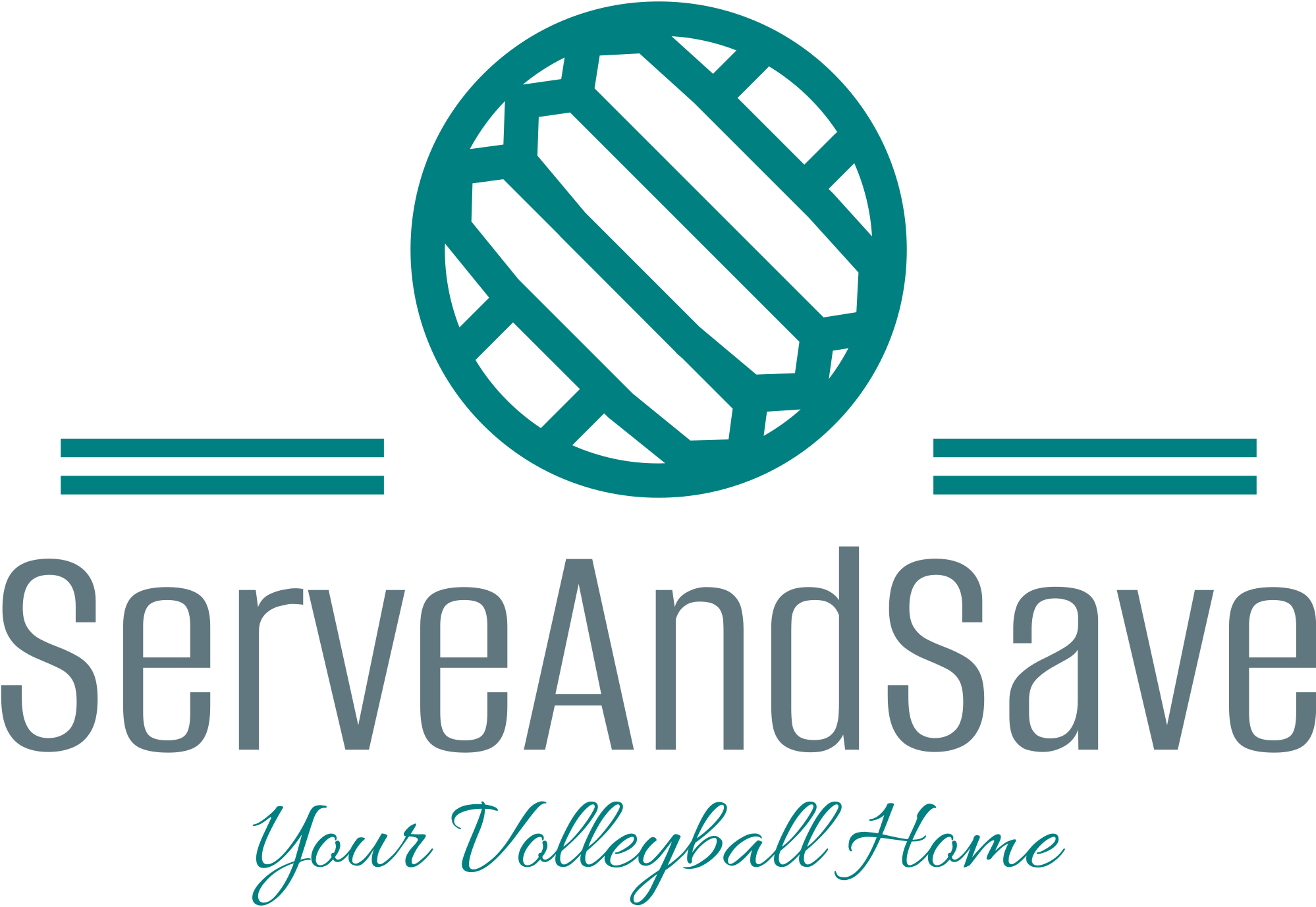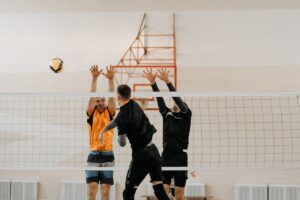In volleyball, a lift can significantly impact gameplay. A lift is a type of violation, categorized as an illegal hit, that occurs when a player holds or throws the ball instead of making a clean hit.
This seemingly simple action can lead to penalties, making it crucial for players to understand and avoid it. With the right knowledge and skills, they can enhance their technique and contribute positively to their team.
Many players struggle with lifts, often due to improper hand positioning or technique. Recognizing the definition and types of lifts can help volleyball athletes improve their game and avoid unnecessary mistakes.
Learning how lifts fit into overall strategies will make a player not just a participant but a key contributor on the court.
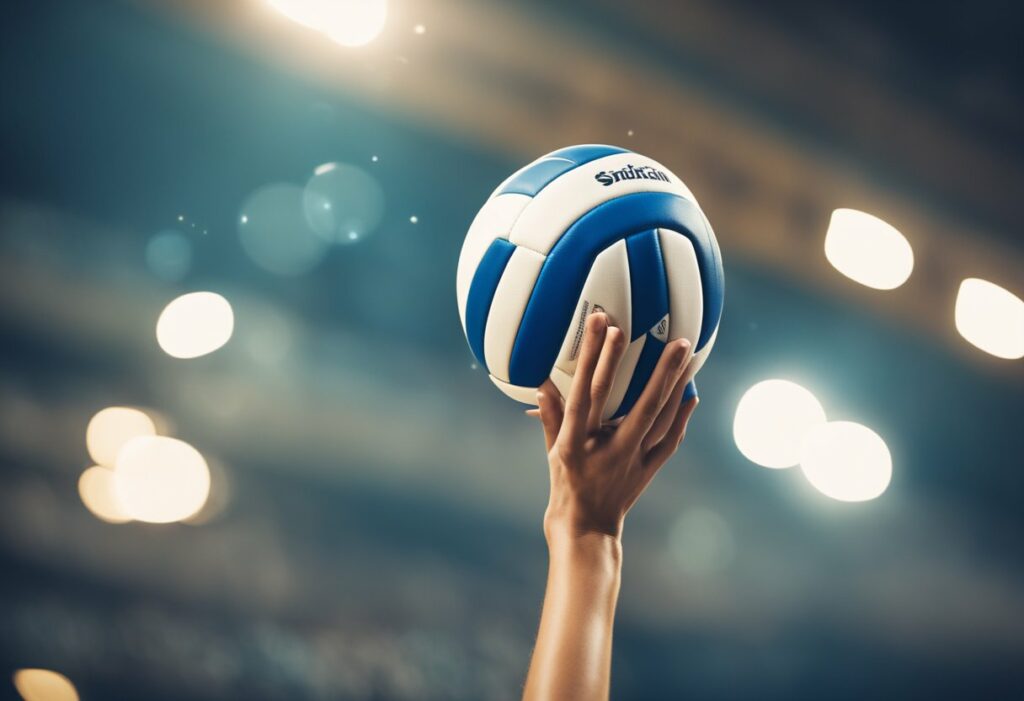
Understanding the rules governing lifts and practicing the right techniques can take a player’s game to the next level.
From training tips to specific strategies for various volleyball formats, mastery over this aspect of the game is essential for both offensive and defensive plays.
Key Takeaways
- A lift is a violation involving illegal ball handling in volleyball.
- Proper technique can help players avoid lifts and improve their gameplay.
- Lifts play a significant role in both offensive strategies and defensive tactics.
Lift definition in volleyball
A lift in volleyball is an important concept for players to understand. It refers to a specific type of violation that occurs during a match.
When a player makes prolonged contact with the ball, they commit a lift. This usually happens when the ball “sticks” to their hand or hands, or when the ball rests in their hands and experiences downward movement.
Lifts can occur in various plays, especially during setting or passing. The key rule is that contact with the ball should be quick and clean.
Key Points about Lifts:
- Prolonged Contact: The ball should not rest on a player’s body.
- Common Situations: Lifts often happen during setting and passing.
- Consequences: A lift is considered a violation, and the opposing team is awarded a point.
This rule is in place to maintain the fast pace of the game. Players need to ensure their contact with the ball is momentary. For more detailed insights into lifts in volleyball, visit this essential guide.
Types of Lifts in Volleyball
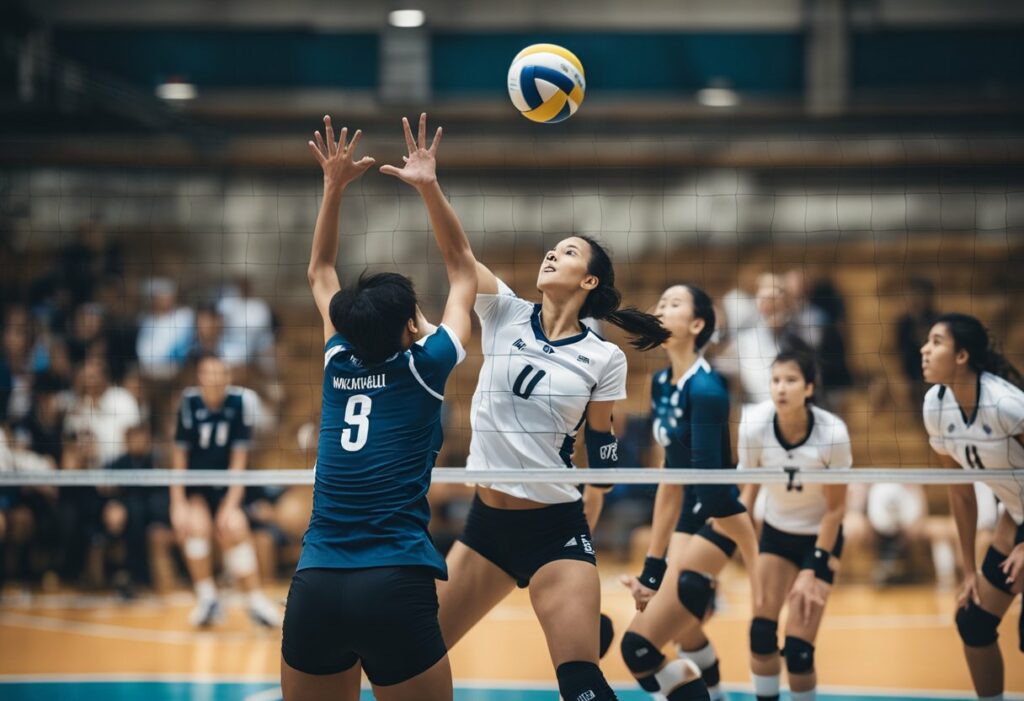
Lifts in volleyball can vary based on how players use their hands and body to interact with the ball. Each type has distinct techniques and purposes.
Understanding these lifts helps players improve their skills and gameplay. Hand setting, if not executed properly, can lead to lifts, making it crucial to master this technique.
Basic Lift
The basic lift is the most fundamental type in volleyball. It occurs when a player makes prolonged ball contacts while trying to set or pass. This can happen if the player uses an open palm, allowing the ball to “stick” before being released.
Players must be careful with this lift. The ball should quickly come off the hands, ensuring that it does not stay in contact for too long. If it does, referees may call a lift. Practicing the basic lift helps players develop good hand-eye coordination and clean techniques.
Rotational Lift
The rotational lift introduces a more dynamic element to play. In this lift, the player not only contacts the ball but also rotates their wrists as they release it.
If the ball is contacted unevenly during this motion, it can result in a double hit, which is a violation. This motion helps create a spin on the ball, making it harder for the opposing team to predict its trajectory.
To execute a rotational lift effectively, players must engage their core muscles and maintain balance.
This lift is particularly useful during sets, where adding spin can make the ball more challenging to handle. Learning this technique can give players an advantage during competitive matches.
Quick Lift
The quick lift is designed for speed and efficiency. The first hit is crucial in this technique, as it sets the stage for a quick and legal lift to teammates.
In this technique, players take minimal time to lift the ball to their teammates. This lift is typically used in fast-paced situations, like when the ball comes quickly over the net.
Timing and precision are crucial for the quick lift. Players need to be aware of their surroundings to make a successful play.
This lift allows teams to maintain momentum and keep their opponents on their toes, making it a pivotal skill in competitive volleyball.
How to Execute a Lift in Volleyball
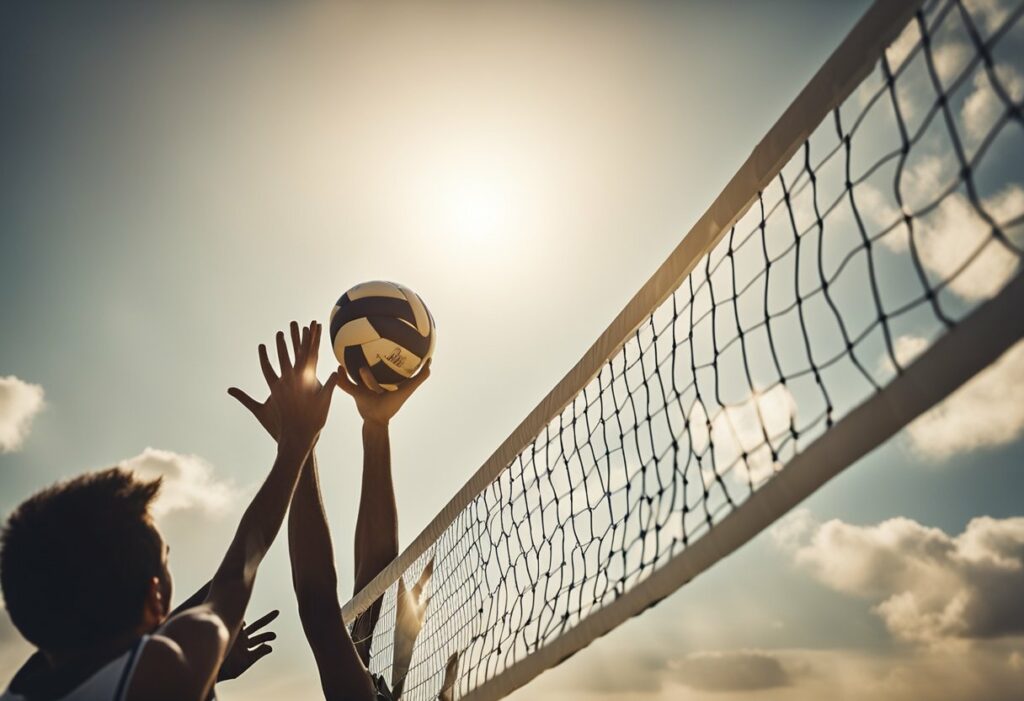
Executing a lift in volleyball requires a focus on specific technical aspects. Key elements such as hand position, body alignment, and timing ensure the lift is performed correctly and effectively.
Hand Position
A player’s hand position is crucial when attempting a lift. Using a closed fist for hitting can help avoid lifts by creating a more effective striking motion. The hands should be open, relaxed, and positioned under the ball. This allows for better control.
The fingers must be spread wide to create a larger surface area. This technique helps the player avoid prolonged contact with the ball, which can lead to a violation.
When lifting, the ball should not rest on the palms for too long. Instead, it should be a quick, upward motion. This technique allows for better movement and sets the player up for the next action in the game.
Body Alignment
Body alignment plays a vital role in successfully executing a lift. The player should position themselves directly under the ball to maintain balance. They need to have their feet shoulder-width apart to provide stability.
Bending the knees slightly assists in maintaining a low center of gravity. This position enables better upward force when lifting the ball.
Additionally, the shoulders should be squared to the net. This alignment allows for easier transitions to other plays. Proper body alignment can significantly increase the chances of a successful lift.
Timing and Rhythm
Timing and rhythm are essential components of a successful lift. Players need to anticipate the ball’s trajectory and position themselves accordingly.
It is vital to lift the ball as it approaches, allowing for a natural flow of movement. Rushing or delaying the lift can lead to mistakes and potential violations.
Moreover, syncing the lift with the overall team strategy enhances communication on the court.
A smooth, rhythmic lift can catch opponents off guard, opening opportunities for scoring.
Great timing in lifting not only improves the player’s performance but also boosts the team’s overall coordination.
Training Tips for Perfecting Volleyball Lifts
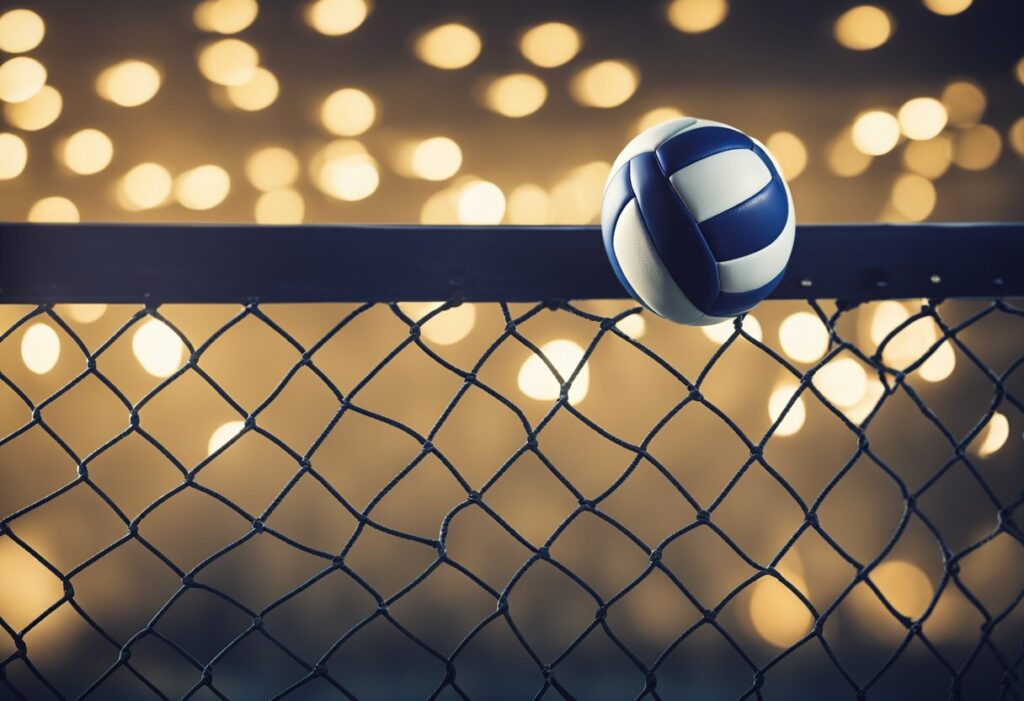
Perfecting lifts requires a mix of physical strength, dedicated practice, and a strong mindset. Focusing on these areas will help players enhance their skills and improve their overall performance on the court.
Strength Training
Building strength is key to mastering lifts. Players should focus on their core, arms, and legs, as these areas are crucial for controlling the ball.
Some effective exercises include:
- Squats: To strengthen leg muscles.
- Push-Ups: To build upper body strength.
- Planks: To enhance core stability.
Incorporating resistance training with bands or weights can also boost strength. Using a combination of these exercises regularly will improve performance during gameplay, making lifts feel more natural and powerful.
Drills and Practice Routines
Regular drills are essential for improving lift techniques. Practicing various scenarios will enhance timing and coordination. Here are a few key drills:
- Wall Toss: Stand a few feet from a wall and toss the ball against it, catching it with an open hand. This simulates a lift. Practice with a hard-driven ball to simulate game scenarios.
- Partner Passing: Work with a teammate to practice lifting the ball back and forth. Focus on maintaining clean contact.
- Target Practice: Set up targets on the court and practice lifting the ball to reach them.
Mental Preparation
Mental readiness plays a big role in perfecting lifts. Players must visualize successful lifts to boost their confidence. Here are some tips for mental preparation:
- Visualization: Before practice or a game, imagine performing perfect lifts. This mental rehearsal can enhance focus.
- Positive Self-Talk: Encourage oneself with affirmations, like “I can lift well” or “I’ve got this!” This helps build confidence.
- Stay Relaxed: Tension can hinder performance. Practice relaxation techniques, such as deep breathing, before games.
The Role of Lifts in Offensive Strategy
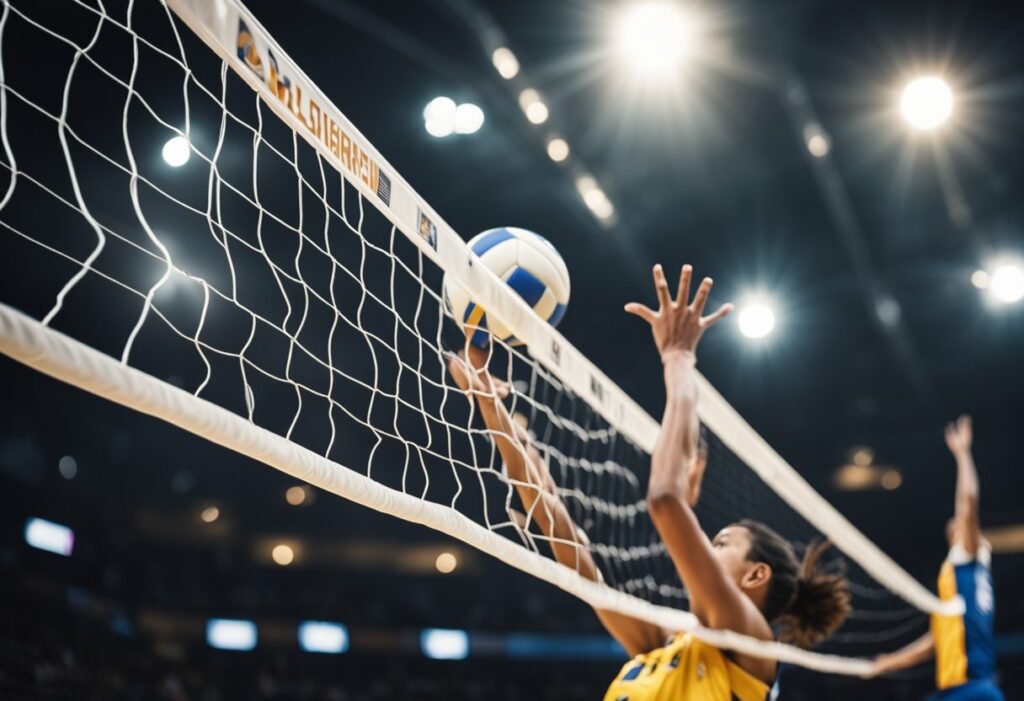
Lifts can be game-changers in volleyball’s offensive strategies. These techniques allow players to control the ball and create scoring opportunities.
When executed correctly, lifts enable setters to make precise plays. Setters can direct the ball to attackers, setting up strong hits. This creates confusion for the opposing team.
Key benefits of using lifts include:
- Precision: A well-timed lift helps ensure accurate passes.
- Tactics: Players can use lifts to surprise opponents by changing angles quickly.
- Teamwork: Effective lifts require coordination among teammates, enhancing overall team play.
Players should always focus on clean hand movements. Referees look for clean sets without delays. If done incorrectly, a lift can result in a fault.
Understanding when to use lifts is crucial. They should complement other offensive moves like spikes and serves. By combining these skills, teams can increase their chances of scoring.
In practice, players can hone their lift techniques through drills. Working together on lifts during training helps build synergy. This leads to a well-oiled offensive unit.
Lifts add excitement to the game. They create thrilling moments as teams execute their plays. By mastering this technique, players can significantly boost their team’s offensive capabilities.
Defensive Tactics Against Lifts
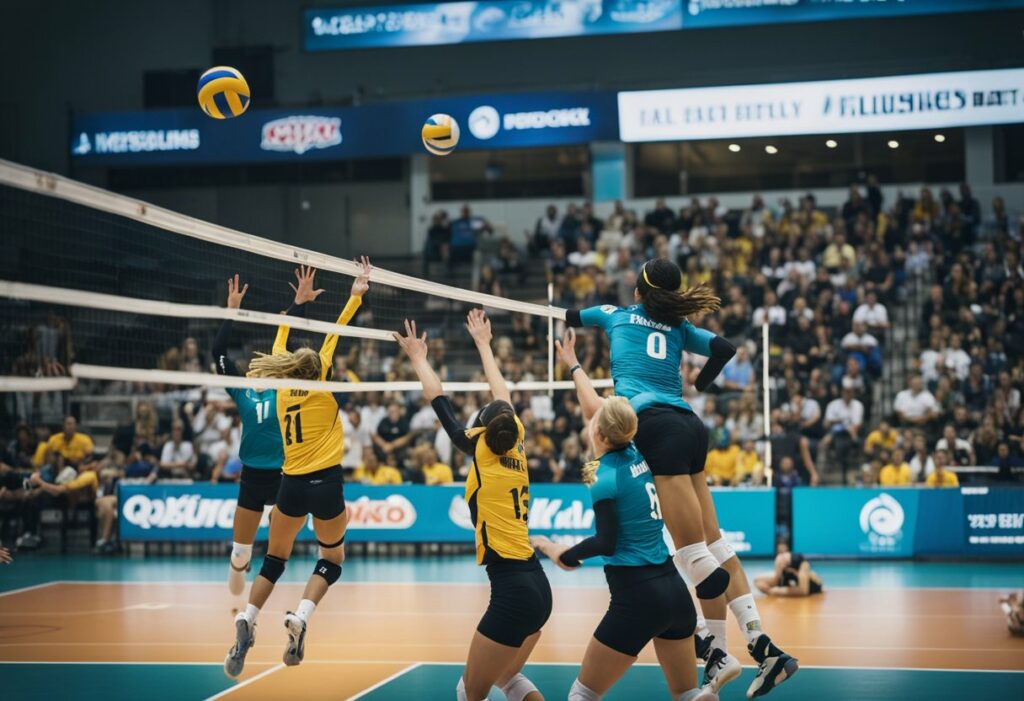
Defending against lifts requires sharp skills and awareness! Players need to stay alert and know the rules of the game.
Key Tactics:
- Positioning: Players should position themselves properly to anticipate and read the opponent’s moves. Good positioning makes it easier to react quickly if a lift is called.
- Communication: Team members must communicate effectively. Clear calls about the ball can prevent confusion and ensure everyone is on the same page.
- Stay Low: Staying low helps players react better to any unexpected situations. A low stance improves balance and allows for quicker movements.
- Watch the Hands: Players should keep an eye on the opponent’s hands. If the hands are too relaxed or the ball is palmed, a lift may occur.
- Practice Drills: Regular drills can help players get used to spotting lifts during games. Practicing these skills boosts confidence and sharpens instincts.
Additional Tips:
- Stay Focused: Keeping focus during a match helps players notice details.
- Observe Referee Signals: Knowing when the referee calls a lift can help players adapt their strategy.
Incorporating these tactics into their defensive play can make a huge difference for teams. Players can become more effective in minimizing the opponent’s option to use lifts!
Volleyball Lift Rules and Regulations
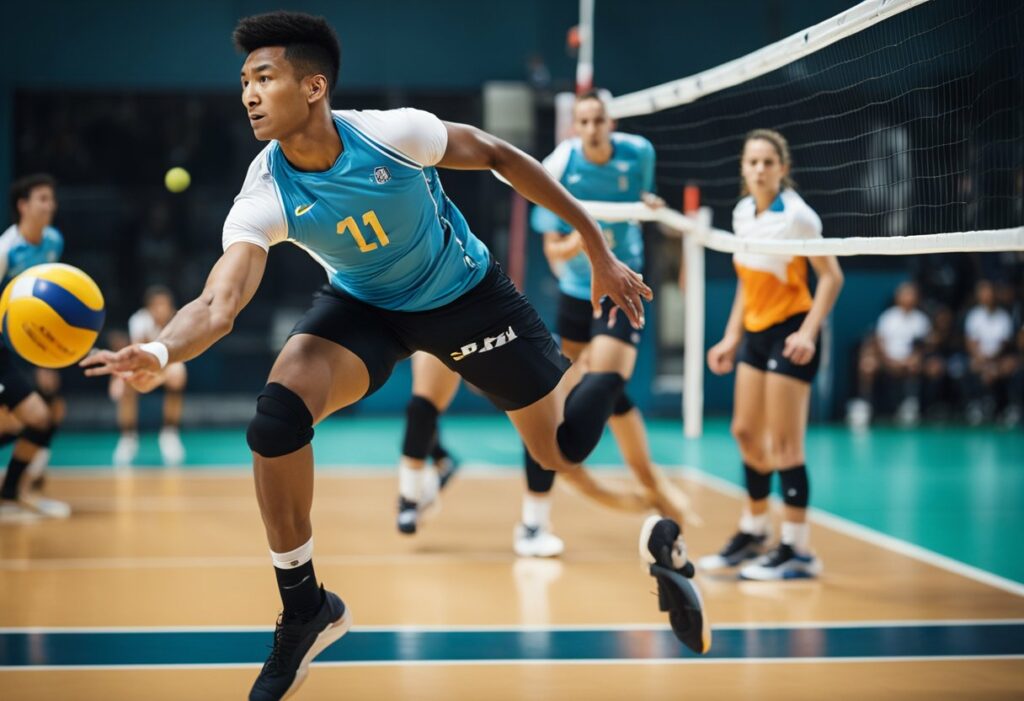
In volleyball, a lift is seen as a violation that can affect the game’s flow. Players must be aware of the rules to play fairly.
Key Rules Regarding Lifts:
- Prolonged Contact: A player cannot hold or “stick” the ball with their hands. The contact must be brief.
- Hand Positioning: The ball should be hit with clean movements, not cupped or with open palms. Proper technique is crucial!
- Legally Hit: A legally hit ball is one that rebounds cleanly from a player’s hand without prolonged contact, unlike illegal hits such as lifts or carries.
- Referee Discretion: Decisions on lifts are often left to referees. They have the final say on what constitutes a lift during a game.
In indoor volleyball, lifts are called more often than in beach volleyball. This is because the playing conditions differ.
Common Violations:
- Carrying: When the ball is held too long, it’s called carrying. This results in a point for the opposing team.
- Double Hits: If a player uses both hands while attempting to set the ball, it can also be seen as a violation.
Understanding these rules helps players avoid penalties. It keeps the game fun and competitive! Knowing when a lift occurs can significantly affect gameplay and strategy.
Understanding the rules about lifts in volleyball can clear up a lot of confusion. This section addresses common questions about lift violations, their differences from other moves, and the hand signals used in games.
How do you identify a lift violation in volleyball?
A lift violation usually happens when the ball rests in the setter’s hands for too long during contact. If the ball appears to “stick” to the player’s hands or if the hands are open rather than closed, it’s likely a lift.
What’s the difference between a lift and a carry in volleyball rules?
A lift and a carry are often considered similar but can have slight differences. A lift usually refers to prolonged contact, while a carry might involve movement in the hands while holding the ball. Both result in a fault, so players need to avoid both actions.
Can you explain the difference between bumping and lifting in volleyball?
Bumping is a legal move that uses forearms to hit the ball cleanly, while lifting involves illegal prolonged contact. A lift typically involves open hands, whereas a bump relies on the arms being close together to push the ball efficiently.
What are the hand signals for a lift infraction in volleyball?
Referees use specific hand signals for a lift infraction. They usually raise one arm and use an open palm to emphasize the violation. This gesture helps players and spectators understand the call during the game.
Is it ever legal to lift the ball on the first contact in volleyball?
Generally, lifting is not allowed on the first touch. The first contact must be legal to set up the play correctly. If a lift occurs on the first touch, it results in a loss of the point.
Why is catching, pushing, or lifting the ball considered illegal due to prolonged contact in volleyball play?
Catching, pushing, or lifting disrupts the flow of the game and gives an unfair advantage. These actions can make the game less exciting and prevent quick plays, so they are penalized to maintain smooth and fast gameplay.
